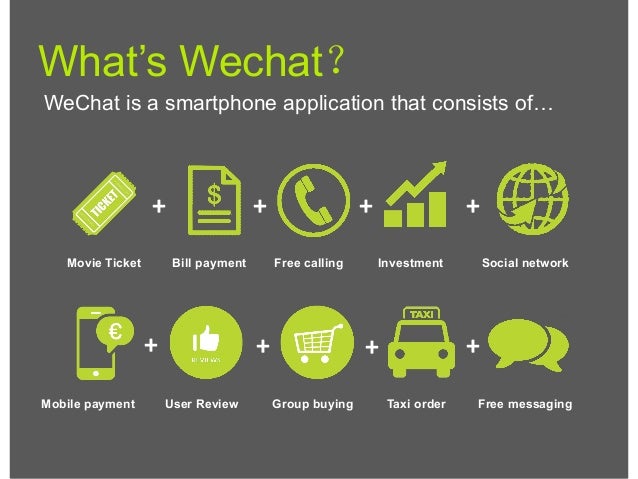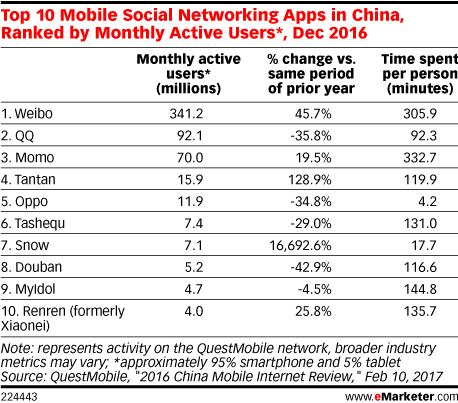There are many tricks/hacks available to improve SEO
efforts. The most impactful items are simple and straight forward to implement.
Here are six that anyone can easily implement:
- Page title, description & URL: A simple descriptive title and a description that includes the keywords you want to rank for is a good start. URL should be informative, made up of letters and numbers (no special characters) and preferably use HTTPS protocol.
- Content quality – Use of keywords is a good start. It must add value for the reader (and provide a reason for them to like or link back).
- Content quantity & diversity – There should be enough text on each page. Appropriate amount of images and videos should complement text
- Site structure – A proper robots.txt file should be used. Pages should interlink appropriately and check regularly for broken link.
- Page functionality – Use Google page insight test to check if something is slowing down the site. Ensure that the site is mobile friendly.
- User experience – Navigation should be easy with clear messaging.
Reference:









